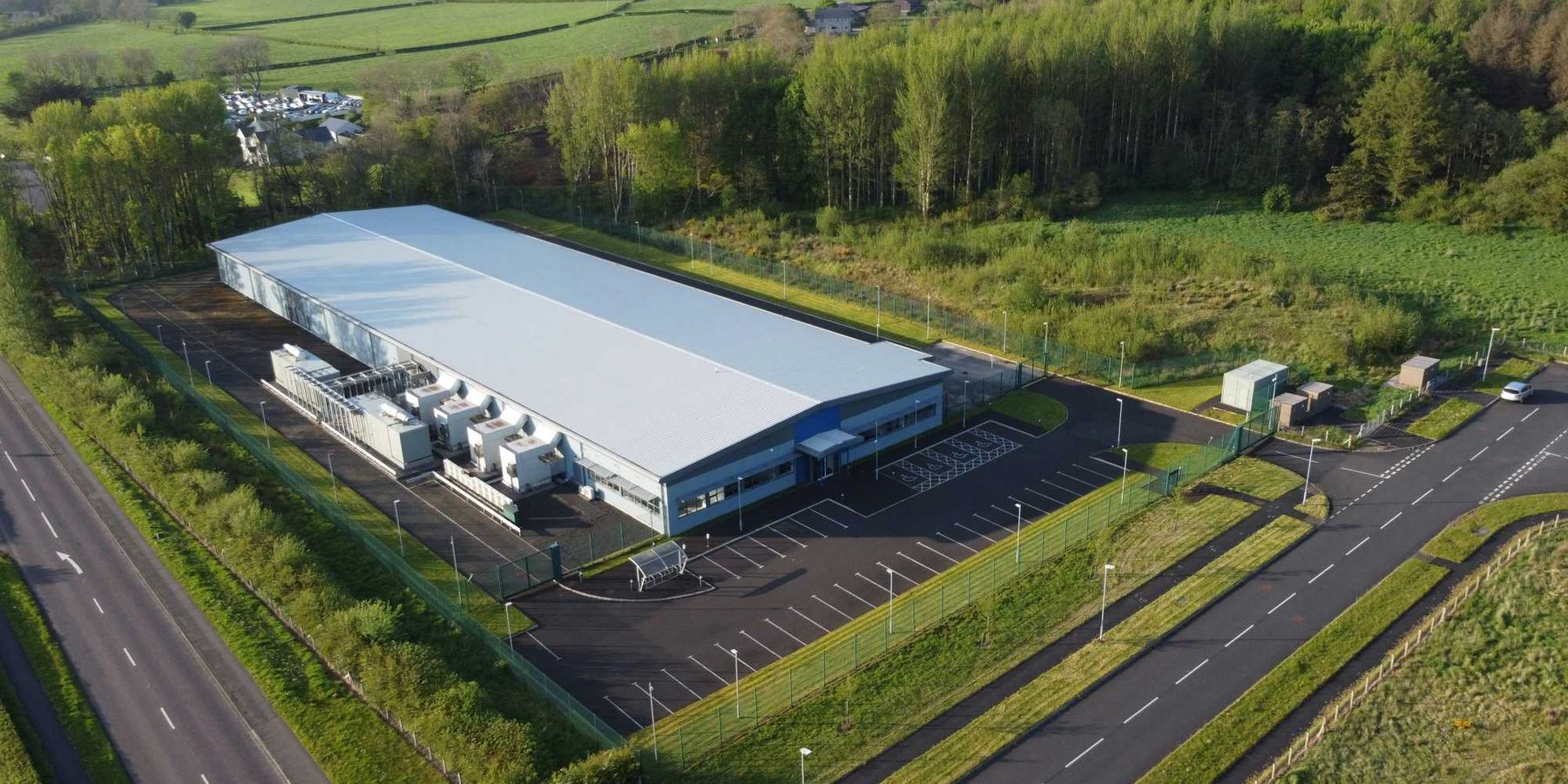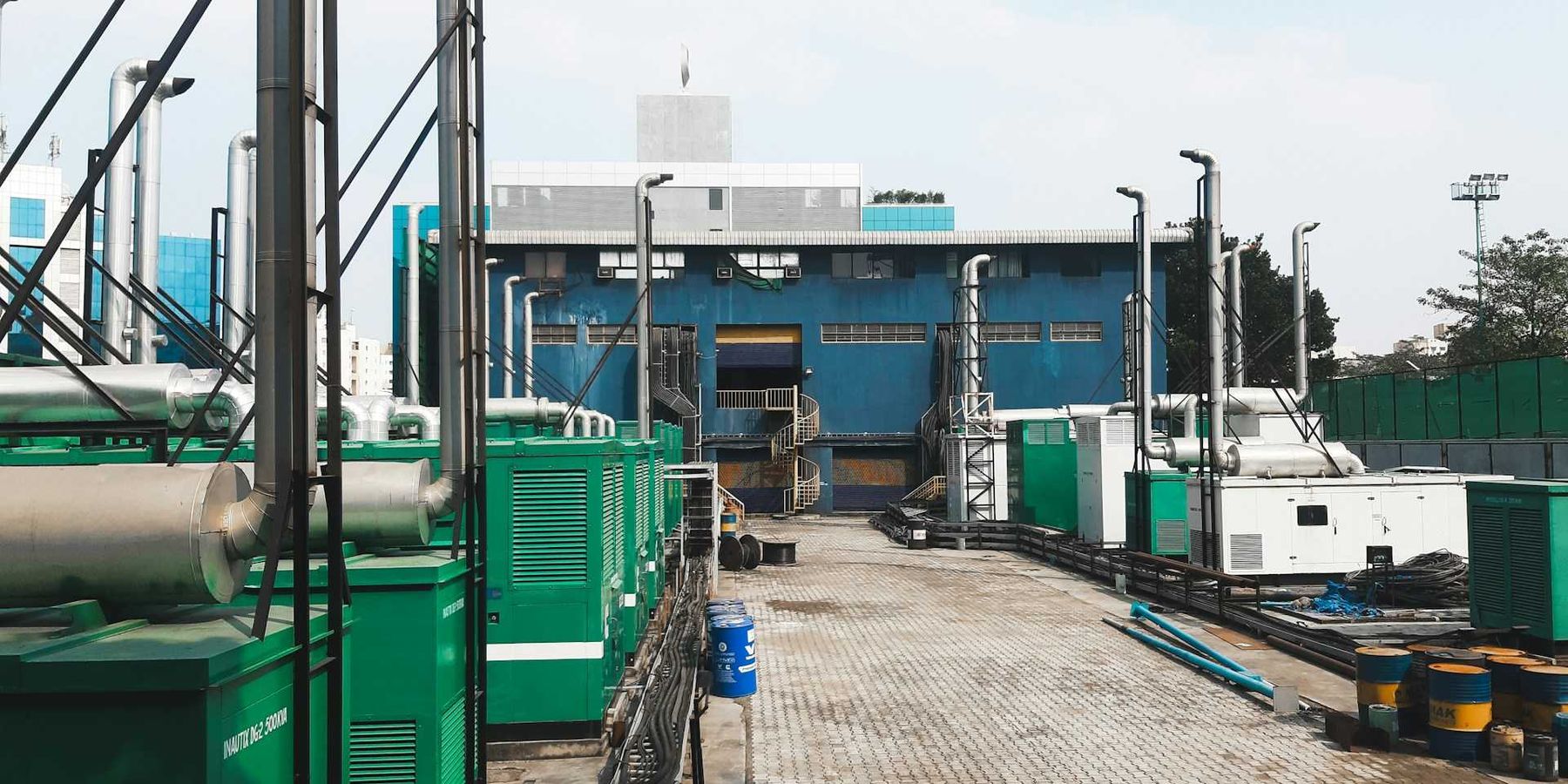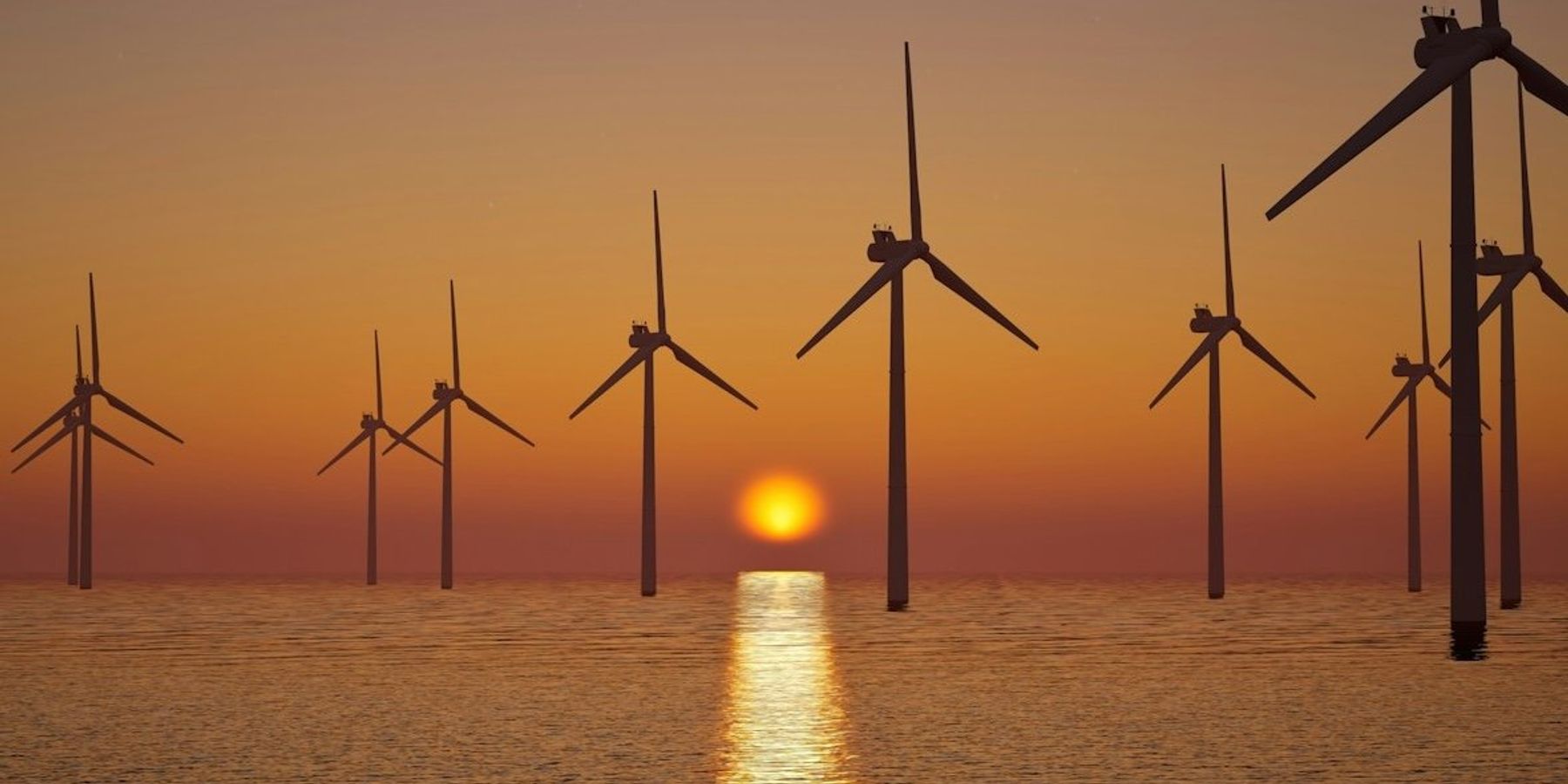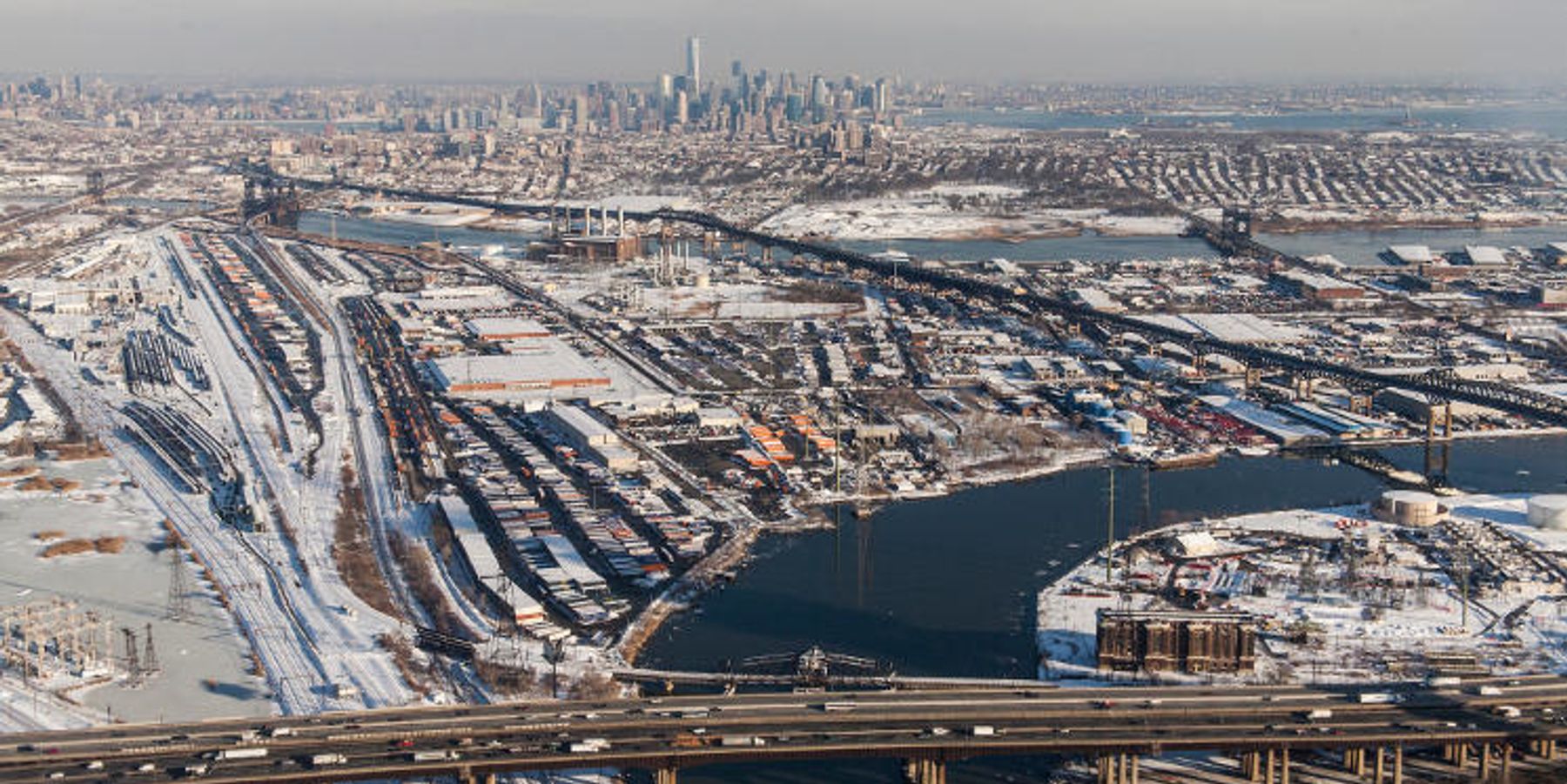
Peter Dykstra: Why I became an environmental reporter.
Just about anyone who focuses on environmental journalism, advocacy, or science has a "Eureka!" moment. Here's mine.
I grew up in the suburbs in Bergen County, New Jersey, on the edge of the Hackensack Meadowlands, where the New York metro area dumped its trash, toxic waste, and Mafia corpses.
Acrid smells would waft up the hill from trash fires that would burn unfettered for months.
About once a month, my Mom would drive us across the Meadowlands on a woebegone two-lane called the Belleville Pike, past sinister-looking (and smelling) businesses like the Koppers Coke Co. to visit my grandmother in Jersey City.
Contrast this eyesore and nose-sore with Nauset Marsh, a relatively pristine wetland on Cape Cod. My uncle, a lovable goofball, ran a complex of tourist cottages around a five-acre freshwater pond just up the road. A week or two in one of Walter's cottages was our annual escape.
At about age 12, I took to sneaking down the road and slogging through the marsh. One day, I watched, hypnotized by ordinary nature, as a molting lobster pretty much jumped out of its shell.
And the lightbulb lit up: The Meadowlands that repelled me and the salt marsh that fascinated me were supposed to be the same thing. How did they get to be so different?
Biodiverse breeding grounds
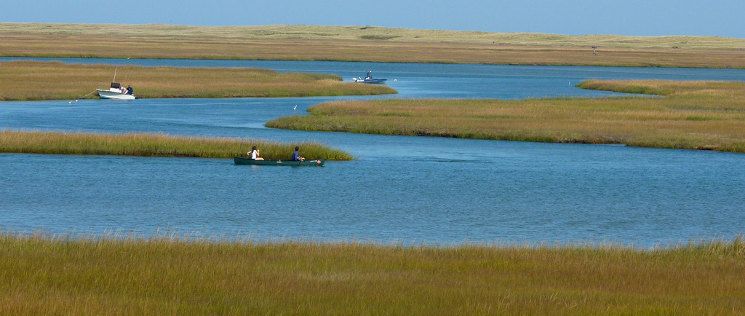
Nauset Marsh. (Credit: wundoroo/flickr)
How we protect or neglect, cherish or abuse, our natural surroundings became a lifelong fascination, passion, and career for me.
I loved diving into the science: Coastal wetlands are the key breeding grounds for a multitude of shellfish and finfish: Our oceans wouldn't be the same without them, and coastal fishing towns would hardly exist at all.
The Meadowlands, where the Passaic and Hackensack Rivers converged to form an unparalleled hunting and fishing ground, was home to foot-long oysters, an abundance of supremely edible blue crabs, and a fish factory for the Atlantic.
Nauset Marsh is a smaller and more recent creation. The explorer Champlain wrote of sailing into a harbor deep enough to accommodate his transoceanic ships in 1605.
The harbor sustained a community of about 150 Wampanoag Indians until British settlers killed or pushed them out later in the century. The harbor gradually filled in to become the shallow marsh we know today.
More than just the science, these two great salt marshes taught me lifelong lessons about how we live.
Football games and garbage graves
The Meadowlands are best known today as the site of a football stadium and racetrack, or as the alleged final resting place of mobbed-up labor leader Jimmy Hoffa.
But as soon as white settlers occupied the area in the 1600's, the vast open space became a source of seafood, game, timber and hay, and the final resting place of the refuse of a booming population.
Driven from the growing cities due to noise, smoke and smells, tanneries and other objectionable businesses found a home where no one objected.
New Jersey sited its insane asylum there on a sandstone outcropping called Snake Hill – the only high point of land in the Meadowlands until the mountains of garbage began to grow in the 1800's.
By then, the Meadowlands' identity as the sacrifice zone for New York and North Jersey was well-established. The illicit dumping of chemical waste became routine, and continued into the 1960's and beyond.
I learned that the eye-and-nose stinging from the Koppers Coke Co. probably came from their producing creosote for coating wooden utility poles.
In a wonderful book called The Meadowlands, author Robert Sullivan fancies himself as the Lewis and Clark of this toxic wilderness, porting a canoe over New Jersey Turnpike ramps and discovering the final resting place of hundreds of tons of concrete, granite and steel that was New York's ornate Pennsylvania Station, demolished in 1963 and transported to a massive, unmarked grave on the Jersey side.
Protection and partial resurrection
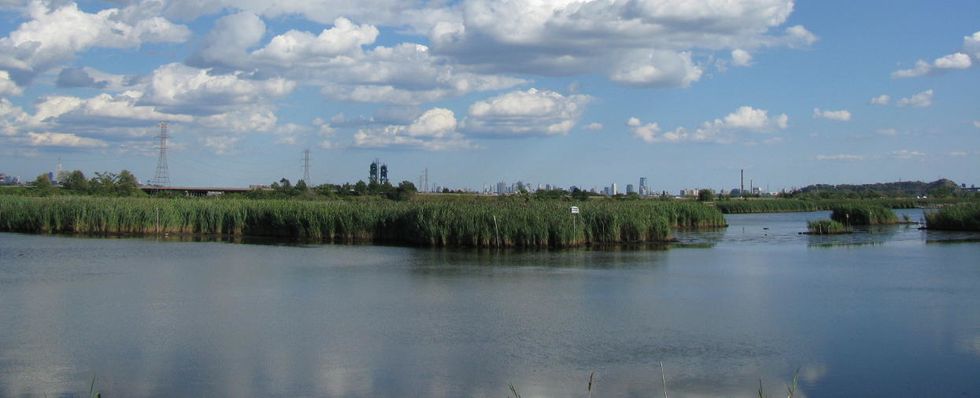
New Jersey Meadowlands. (Credit: Bogdan Migulski/flickr)
The partial resurrection of the Meadowlands is rooted on a combination of shame, opportunity and avarice. Beginning in the 1960s, neighboring towns began to lose patience with the stench of burning garbage (and God-knows-what-else), and New Jersey began to confront its image as an environmental laughingstock.
Developers pitched proposals for new communities, sports palaces, theme parks, and more. The sociopolitical salvation of Cape Cod is thankfully a different story.
In the late 1950's, a young U.S. Senator named John F. Kennedy suggested an audacious new wrinkle to America's National Park system. Despite fierce opposition from local landowners, threatened by a freeze on real estate development on about half of the outer Cape (the six towns that face the open ocean), the Cape Cod National Seashore came into being in 1961.
While much of the Cape has seen a real estate boom and conversion to a saltwater suburb, the 43,000 acres of the Seashore have stayed off limits for new construction. The beach, from Monomoy Island to Provincetown, doesn't look much different than when Henry David Thoreau walked its length for his lesser-known classic book, Cape Cod.
Now, it's 2019. The Meadowlands will always be tainted, but they've undergone a partial redemption that's nothing short of a miracle. The dumps have been capped, and kayakers and birdwatchers have largely replaced corpse-toting wiseguys.
On Cape Cod, the National Seashore has successfully protected Nauset Marsh, but for how long? Rising seas and more frequent storms are claiming Nauset Beach chunk by chunk. Geologists give the Cape a few hundred years before it's a battered chain of islands, or a tidally submerged bump in the seafloor.
And that charming little five-acre pond where I learned to fish is now occasionally closed due to summertime algae blooms brought on by the marriage of warmer weather and septic tanks leaking through sandy soil. So, the filthy has acquired a tiny touch of the pristine, and vice versa.
And I'm still fascinated by it all.



